For someone like me who spent the first three decades of their life mainly in big cities getting away from urban locations into forests or mountains could never be described as getting “back” to nature, but rather “forward to” or “towards” it. I believe I first encountered this thinking in Nietzsche who was very skeptical of the whole concept.
How could it be so simple to return to some kind of timeless natural state of being when the whole human history from the first stone tools and until today was based on running away from it, into the predictable and rational world of technology and culture. We can only hope that with serious efforts we can start getting closer to the world outside of human civilization.

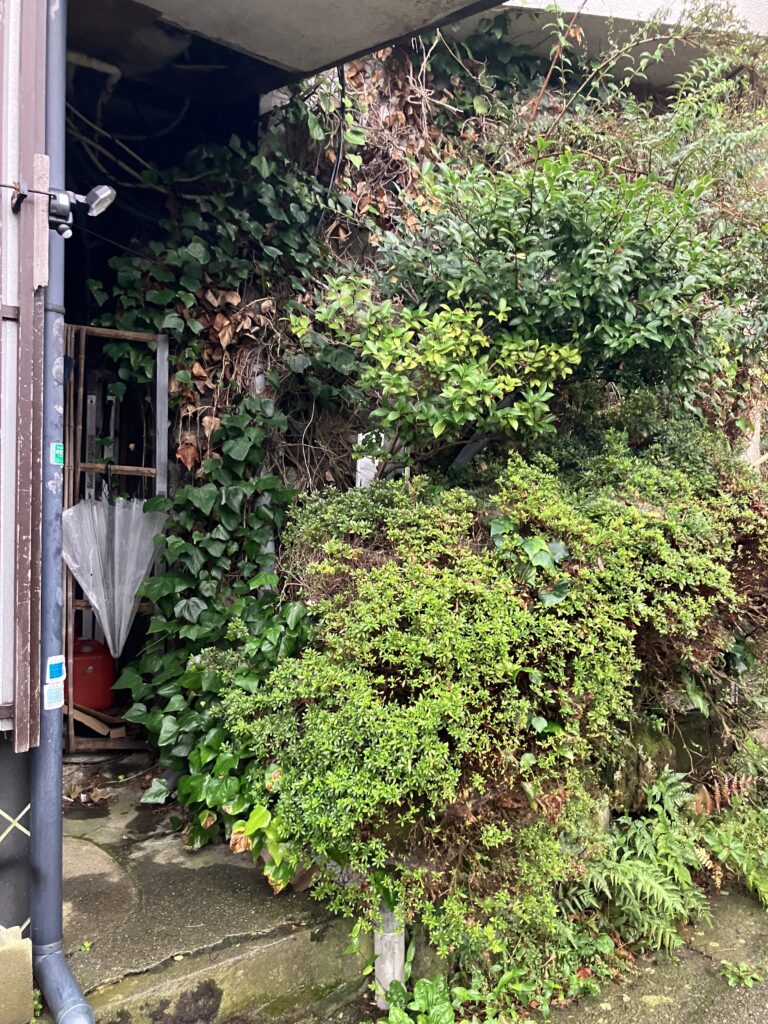
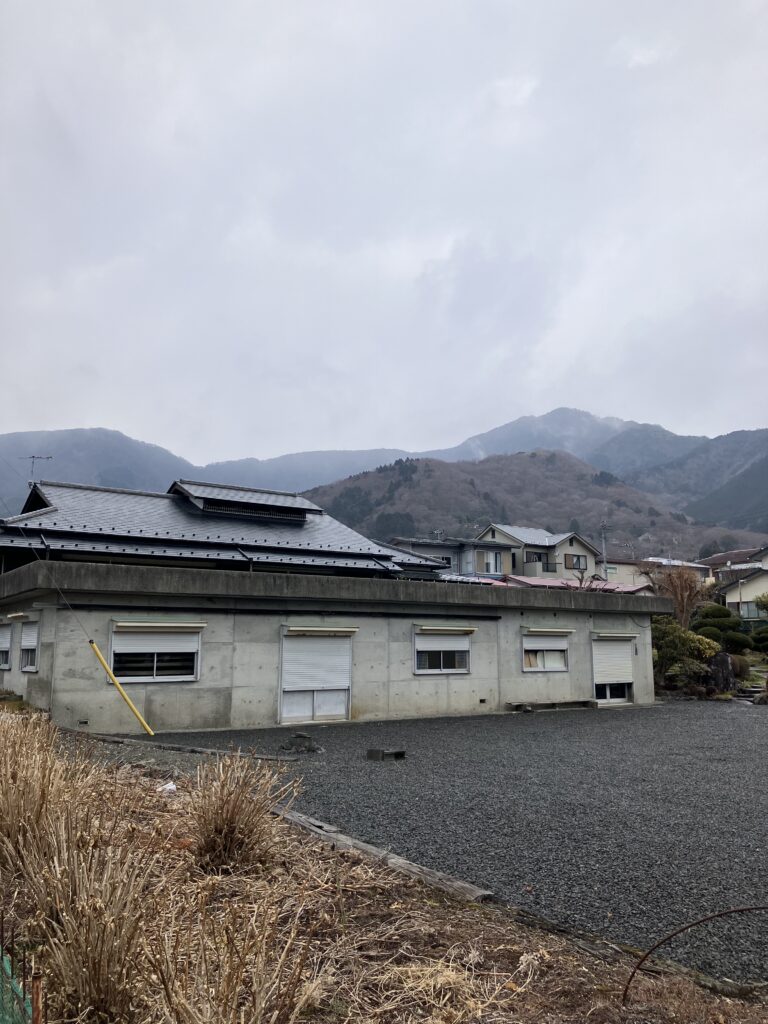
Observing the same natural phenomena closer during a long time is one of the ways we can try to enhance our understanding. Since moving to a semi-rural location I started noticing how much of a variety the natural landscapes offer in contrast to the city. It is in this change and constant movement that I see the biggest difference of living in and outside of urban centers. The street and the houses that are built upon it get a little of different colors depending on the weather, but the forest or the sea are never the same at all up to the point where you can get lost in the same location unless you see clear roads and pathways to guide you.
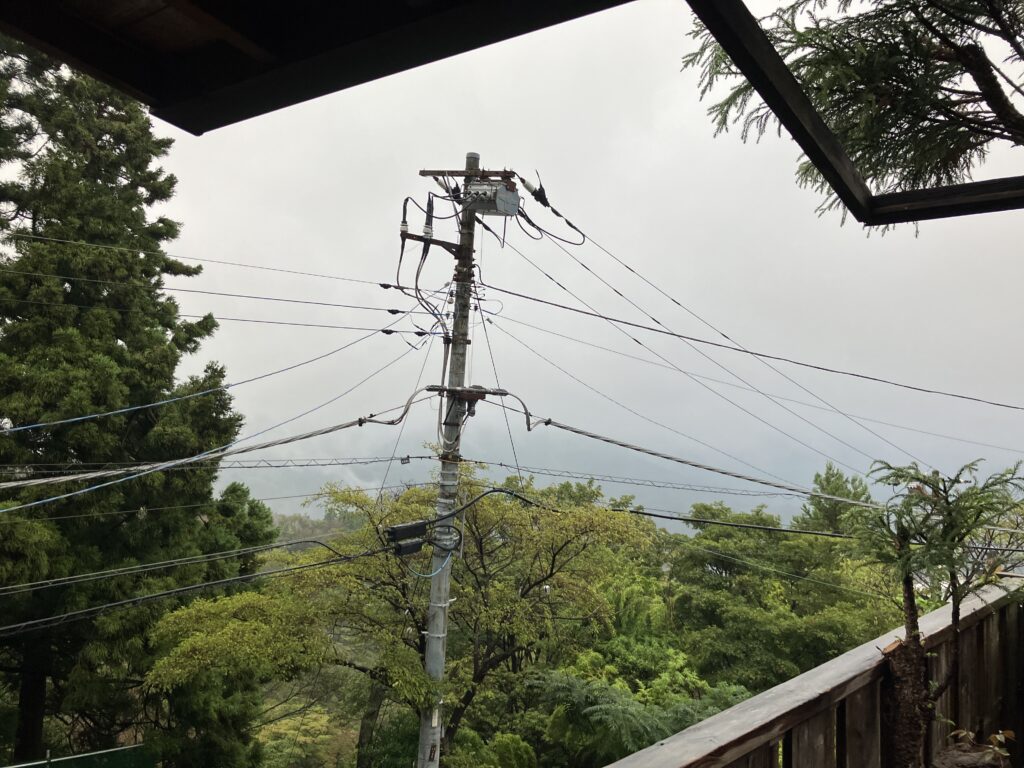
Hot springs allow you to experience this change and constant movement with your own body. That is why it is always so exciting to go to the fully natural hot spring that you can bathe in without the need to adjust the water temperature or filter it (kakenagashi onsen). It does not matter as much what the exact properties and minerals of the water are (and there are many many varieties). You get to see and bathe in the ground water heated by magma as it comes directly from the source–that is surely hard to beat.
And because it is so close to the “natural” state, the water of the hot spring constantly keeps changing depending on all the geological processes that happen above and below the ground. Heavy rain can flush the upper layer of the mineral residue into the water or an earthquake could change the whole ecosystem (it was observed after the great earthquake in March 2011 that most of the onsens in Japan became 2-3 degrees hotter for a short period of time). If you visit the same kakenagashi onsens regularly you can also see how visibly different the water could be in different time.
I had a chance to observe it today in one of my favorite onsens in Hakone, ryokan Masuya, where you can visit for a bath without staying a night (900 yen higaeri onsen). Today the water there was almost fully transparent and just slightly greenish with many long white flakes of minerals (yu-no hana) that were not dissolving. A few months ago in the winter the water was very murky–you could not see you hand if you put it there. The smell was also different, stronger in winter than now, as well as the temperature of water (it was much hotter in winter). The pictures below show the water today (left) and in winter (right). As a side note, this highly acidic water (pH 2.1) is absolutely amazing for the skin and I cannot go a month now without visiting this kind of onsen.

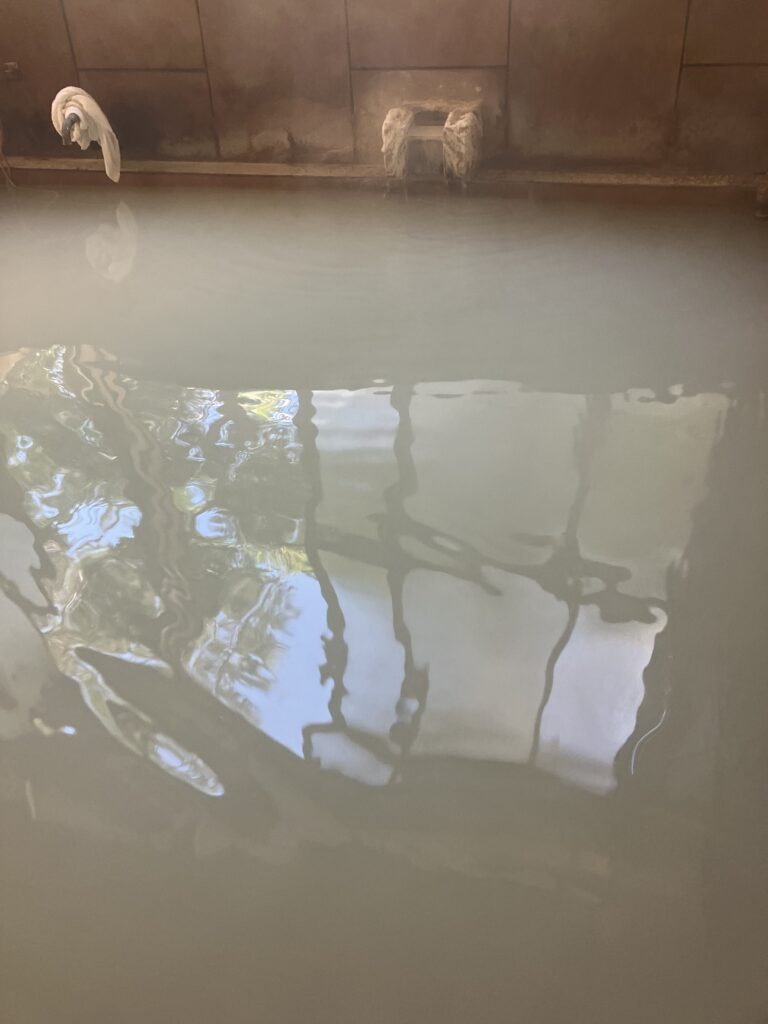
Small details, you could say. But it is by paying attention to them, that we get a chance to see the nature in motion, to observe and experience it. For the right reason the water in our homes is almost always the same because it is filtered and controlled. The drinking bottled water is regulated even more strictly even when it is labeled as “natural”. The hot springs allow us to experience something different, something raw, something that is constantly changing.
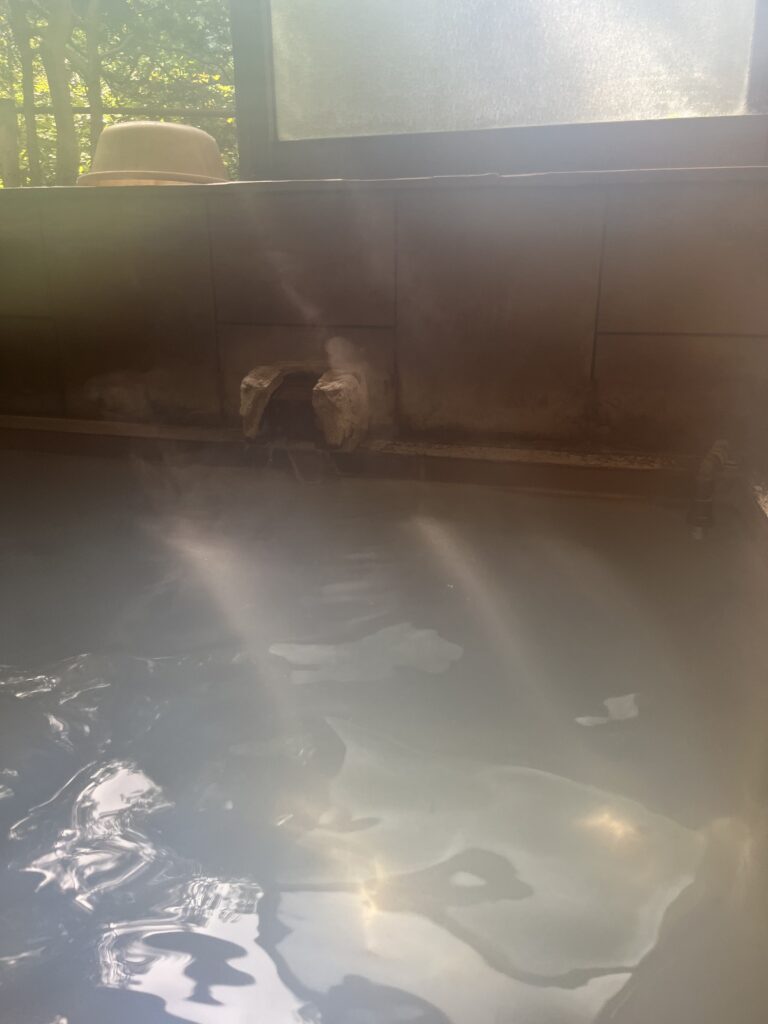
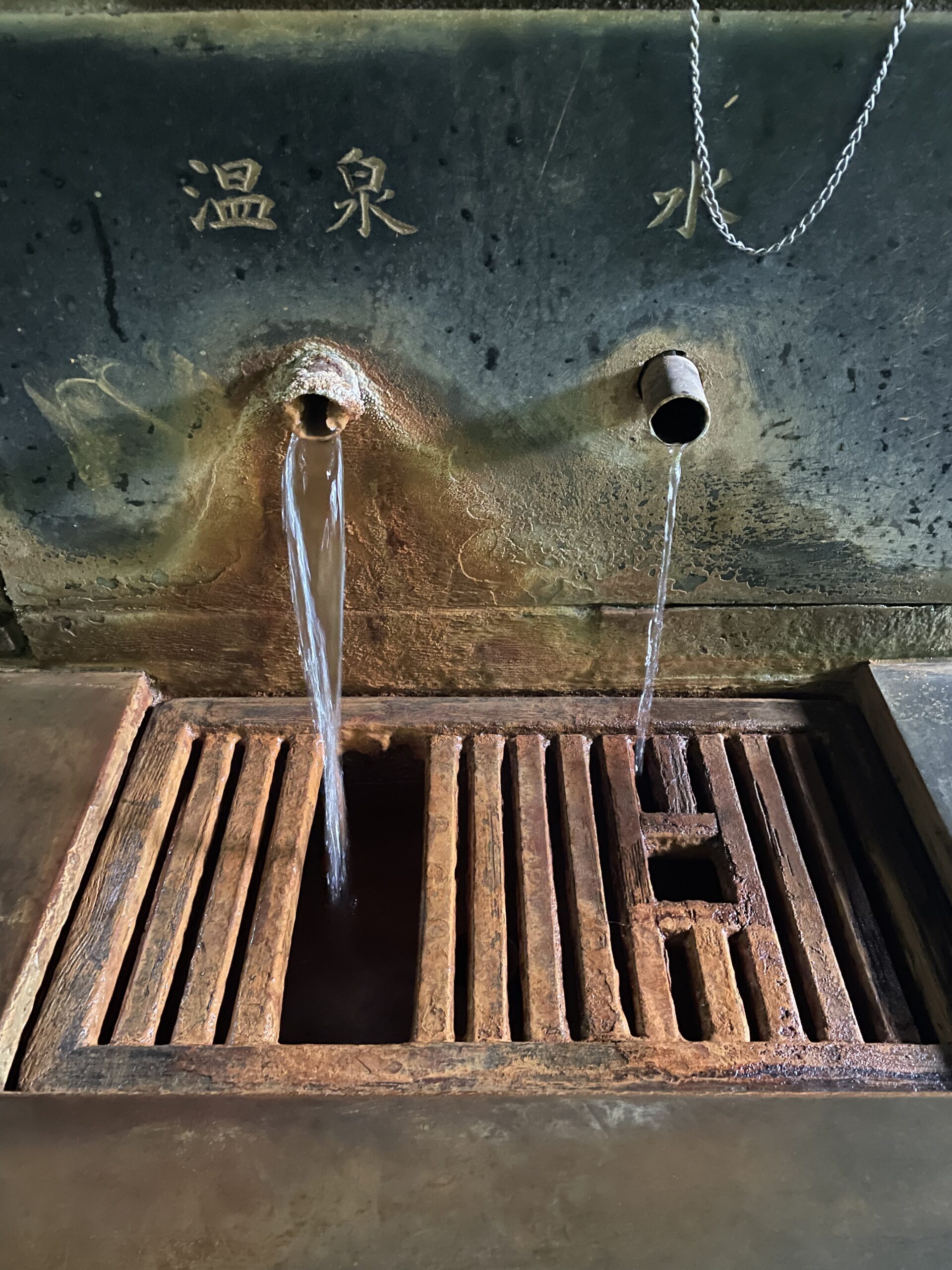
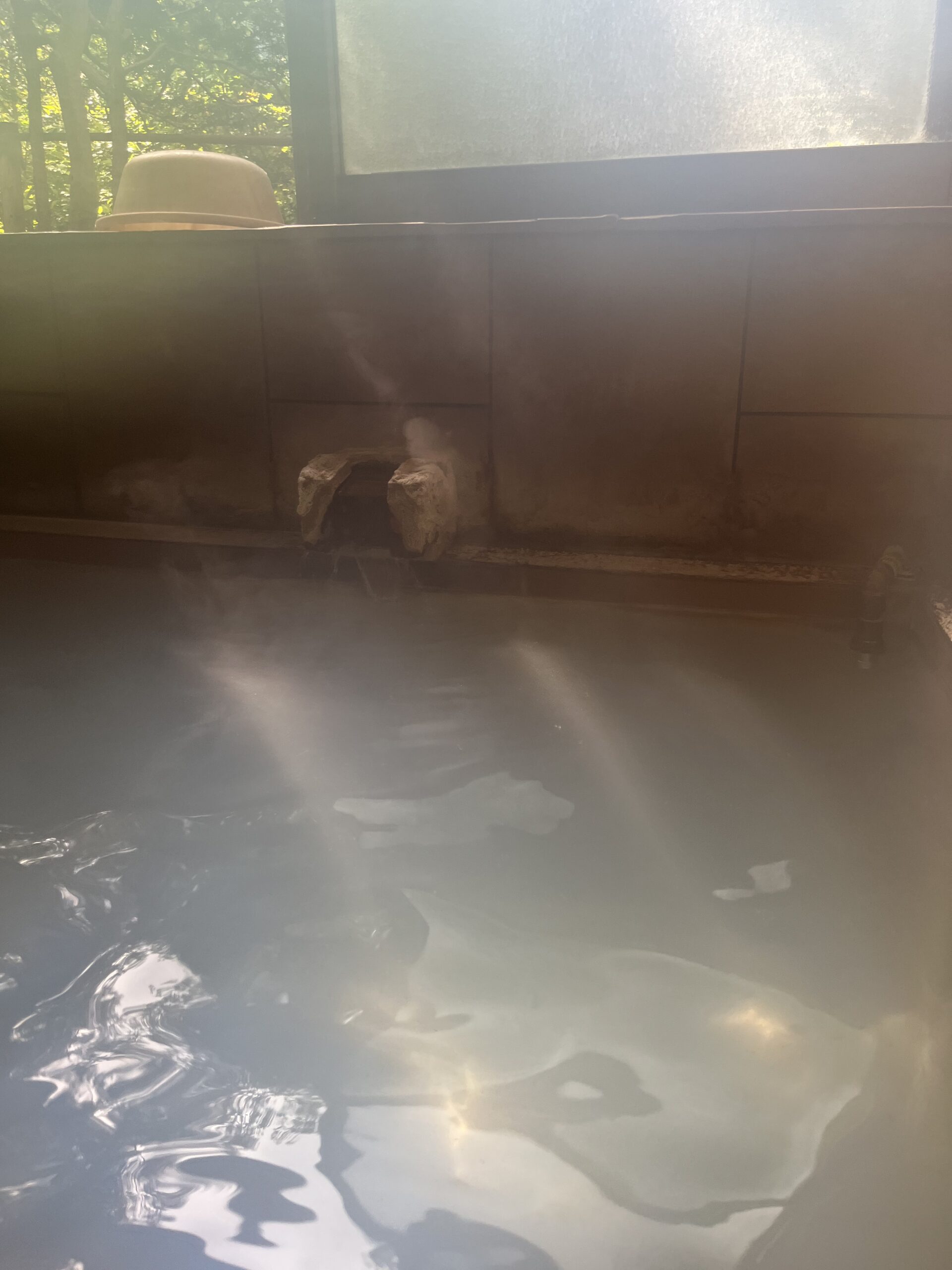
Leave a Reply